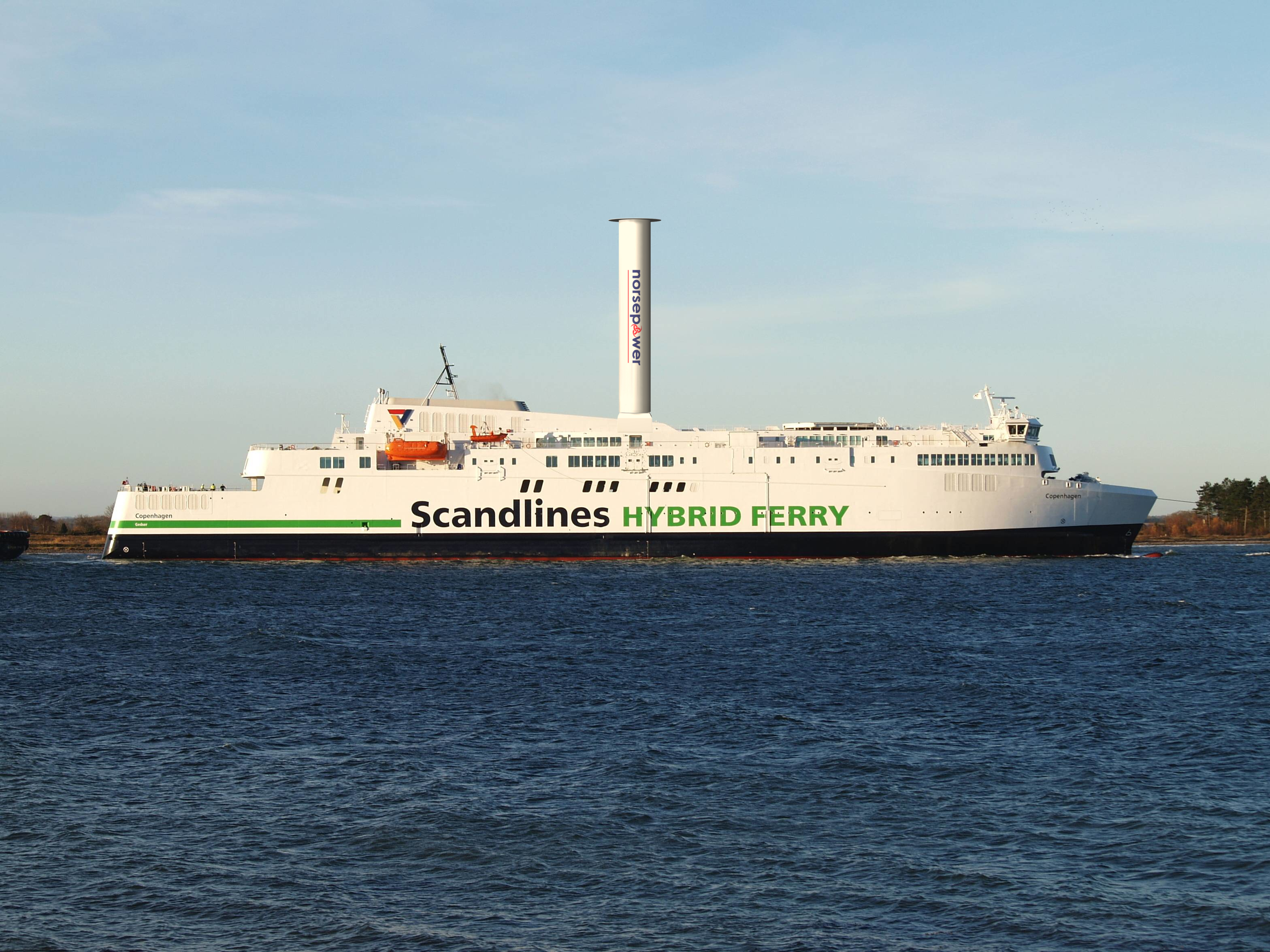Shipping faces a a financial challenge as it looks to decarbonise, with up to $100bn alone going to retrofitting systems such as wind assist technology says expert.
Shipping needs to spend $300bn adapting vessels or building new ones to meet expected decarbonisation efforts according to green ship finance firm HHX.Blue, with one third of that on adapting existing tonnage. HHX.Blue Partner Orestis Schinas is part of the EU funded Wind Assisted Ship Propulsion project which ran an update webinar for the public last week. In the webinar he said that HHX.Blue and other organisations have estimated that the industry needs to spend $300bn to meet the expected targets of the two new pieces of legislation recently approved by international regulators.
Last year the marine environment protection committee approved the application of an energy efficiency Existing Ship Index (EEXI) and the Carbon Intensity Indicator (CII). Both are designed to push shipowners to reduce fuel consumption and CO2 emissions form vessels in a bid to make the industry meet the 2030 target of cutting its emissions by 30% compared to 2008 levels.
Mr Schinas said estimates have been made that suggest up to 90% of the global international fleet will not be compliant with the EEXI or CII as they currently stand, which he says should be a huge trigger for investing again into an industry that has languished in recent years.
“Bank lending, and generally available capital for debt is decreasing from banks, due to banking and financial regulatory issues. So the leverage of the industry is still 50%. And that means… that it is really challenging for ship owners to raise capital in order to retrofit or let’s say to update the technology onboard or build new ships”.
He said soon to be published analysis will show that while $300bn is the cost of the estimated decarbonisation efforts in assets for the period 2025 to 2030, $100bn wil be on retrofitting technologies.
He estimates that about 10% of the decarbonisation retrofit budget could go to wind assist technologies because they are relatively easy to retrofit, and there is growing know-how and data about the systems, but he said the emphasis is on giving the industry the technical and performance data about wind assist technologies to reassure owners who will soon be looking for solutions.
“We can see that a new market of $30bn potential is generated. And this is a very interesting point for our colleagues working on the technical aspects for WASP. Because unless we have credible data, from a technical point of view, unless we have a credible data on the energy savings, on the operating profiles. Unless let’s say we do our technical homework properly, then our financial calculations are more speculative than, let’s say, very well substantiated”.
New financing models needed
The EU funded WASP project is divided into a number of work packages that look at the engineering of systems and both finding viable calculations of savings and then testing them in real world conditions to validate them. The project includes five different vessels, each with systems installed, and a number of European academic and research institutions leading the work package groups.

One of the project work packages is focused on the business case for wind assist technologies in shipping, and looking at alternative business models, notably to ease the burden of the investment for owners.
One potential solution is the pay as you sail or pay as you use model where the retrofit investment is covered through a financial deal and the owner or operator pays back the investment over a period of time, which Orestis Schinas says is likely to become the new financing model in shipping, especially as owners seek more than one energy saving solution to keep vessels compliant.
“The new ship financing universe will be based on leasing schemes and on shared economy schemes”, he said. He pointed to different approaches such as pay as you use, or pay as you save (fuel).
“What we see is a hybridization of technologies, a combination of technologies like diesel-electric, and wind-assist technologies onboard the ship, and all this modularity should be served by new financial models and new financial tools.”
The comments made by Orestis Schinas were during a webinar hosted by Fathom World’s Craig Eason and organised by the Wind Assisted Ship Propulsion project in Europe. A recording of the webinar as well as project results can can be found by clicking on the logo.
































